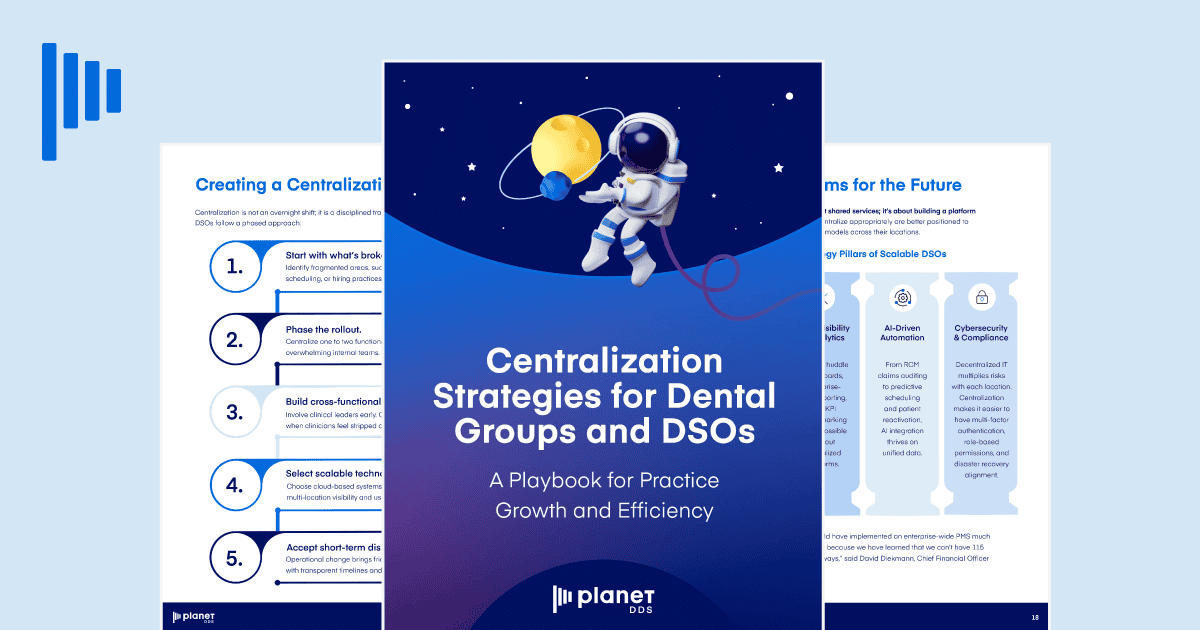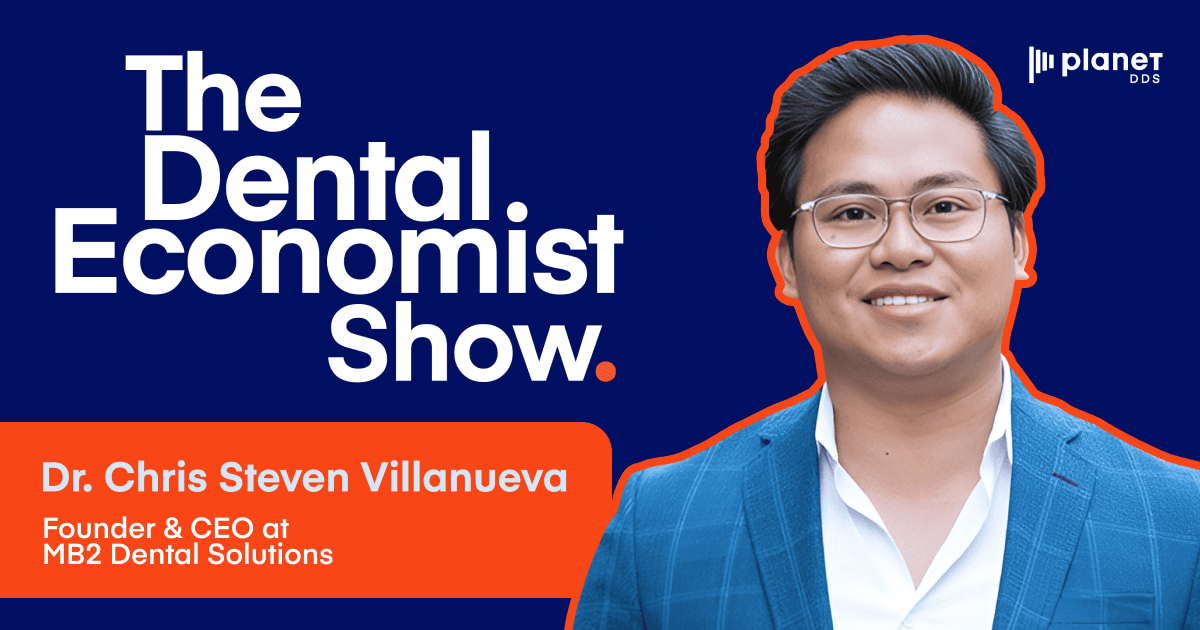Stephenie Goddard on Why Culture Eats Strategy in the Dental Growth Game

In a growing dental industry, it can be hard to put a finger on one’s real competitive advantage. In this episode of The Dental Economist Show, host CRO Mike Huffaker of Planet DDS sits down with Stephenie Goddard, CEO of Glidewell Dental, to explore how to build a thriving culture, why curiosity and humility matter more than you think, and the strategic moves that transform labs and practices into innovation leaders.
What you’ll learn:
- How to reframe technology adoption as opportunity, not threat
- Ways in which innovation creates new roles, when communicated effectively
- Why lateral moves and curiosity matter more than climbing the ladder
- The importance of strategic skill-building across departments in scaling businesses
- The culture-first leadership principle that protects your organization
- How to motivate beyond titles when promotion bandwidth is limited
- Why AI-generated crowns represent the future of predictable, high-quality dentistry
- The three-part growth strategy for scaling mature companies
This episode is a play-by-play of understanding and leveraging your dental business’ true competitive advantage.
Episode Highlights
In this episode host Mike Huffaker welcomes CEO Stephenie Goddard of Glidewell Dental for an eye-opening conversation about leadership, automation and building legacy organizational culture in the world of dentistry. Tune in for her game-changing insights on:
Scale through technology, not layoffs
Goddard shares how Glidewell scaled from 1,000 to 5,000 employees while automating away Bunsen burners, proving that AI and technology create opportunity rather than eliminate jobs when communicated strategically. For business leaders navigating digital transformation, this insight directly addresses the anxiety many team members feel about automation threatening their roles.
The challenge most organizations face is announcing tech changes without a plan to reskill and redeploy people into higher-value work. Stephenie’s approach includes tier-based leadership development programs, free LinkedIn Learning access for skill-building, and clear messaging showing how each technology transition historically created new roles.
The advantage of lateral moves
Goddard emphasizes that career growth isn’t always about the next promotion. Sometimes taking a strategic step sideways exposes you to new business functions and builds the holistic understanding needed for true leadership. In the dental business, leaders often get stuck in silos (clinical, operational, financial), missing the cross-functional perspective that drives smarter decisions at scale.
This approach transforms your organization’s succession pipeline from title-focused to capability-focused, producing leaders who can actually navigate the complexity of modern dental enterprises.
Build culture through daily action
Goddard clarifies a critical distinction: company values on mugs and walls mean nothing if your actions contradict them every single day. For dental practice owners and lab leaders, culture is your competitive moat in a commoditizing market, yet most organizations treat it as a one-time initiative rather than a living practice.
The real work happens in how you handle tough employee conversations, whether you admit gaps in your own knowledge, and how you treat someone who’s shown up late thirty days in a row (curiosity about what’s happening in their life, not immediate discipline).
Recognition has to be beyond titles
Goddard confronts the title-inflation problem head-on: the past seven years created unrealistic expectations for promotion velocity, and most leaders now lack the organizational structure to meet those demands, so they avoid the conversation entirely. In dental practices and labs facing this tension, retention suffers because good people feel invisible despite doing solid work. Goddard’s solution moves recognition away from titles alone toward personalized rewards: sending high-performers to transformational leadership conferences (Center for Creative Leadership), AWS training for AI enthusiasts, spot bonuses, gift certificates to nice restaurants, or simply offering a half-day off with genuine appreciation.
The key is understanding individual motivation—some crave public recognition; others are mortified by it. Some respond to money; others to development opportunities or time. By having explicit conversations about career paths and demonstrating multiple ways to feel valued and progressing, you retain talented people who might otherwise leave for a fancier title elsewhere. This approach costs far less than replacing good people and builds loyalty that titles alone never will.
The real ROI dentists should care about
Goddard explains that Glidewell published the first peer-reviewed paper on AI producing a physical product (a crown) and for dentists and practice leaders evaluating AI-powered lab systems, this clarity matters. The innovation isn’t about looking flashy, it’s about increasing the likelihood your restoration fits perfectly on the first delivery, reducing rework and patient frustration.
When you understand AI’s real job in dentistry—raising the floor on consistency rather than replacing the art—you can confidently recommend advanced labs to your team and confidently trust their output. This shifts the conversation from “fancy technology” to “how do we deliver better patient outcomes consistently?”
The Dental Economist Show
Don’t miss insightful conversations with industry experts on the latest trends and top strategies to grow your DSO or dental group. Tune in to The Dental Economist Show each week as we meet at the intersection of profit and purpose.
Listen to the full episode:



